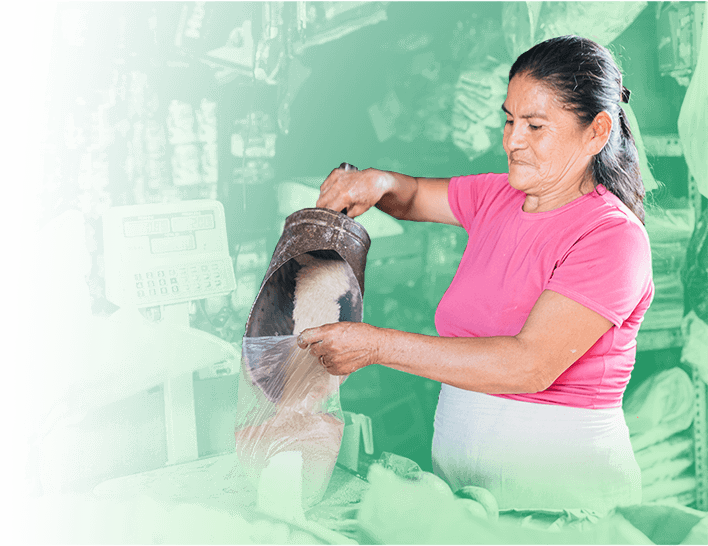A lack of investment, above all, is responsible for the global water crisis.
Market Demand
There is a massive market demand for safe water and sanitation in emerging markets.
$18B
market demand from individuals for affordable financing to meet their water and sanitation needs.
55-68%
of small and medium enterprises in emerging markets are either unserved or underserved by financial institutions.
WaterEquity addresses this demand by attracting and investing the level of capital needed to end the global water crisis, empowering millions of women and communities to meet their water and sanitation needs.
Market Opportunity
In high-growth economies, demand for water and sanitation creates extraordinary opportunities for enterprises that can deliver.
15X
785M people globally lack access to safe water and pay up to 15x more to purchase it from vendors than if they were connected to a utility.
15-25%
When girls no longer have to spend time collecting water, they can attend school. And, for every year a girl stays in school, her income can increase by 15-25 percent.
$28T
With safe water and sanitation, women can participate fully in economic activity. When all women work, global GDP is projected to rise by 28 trillion USD.

